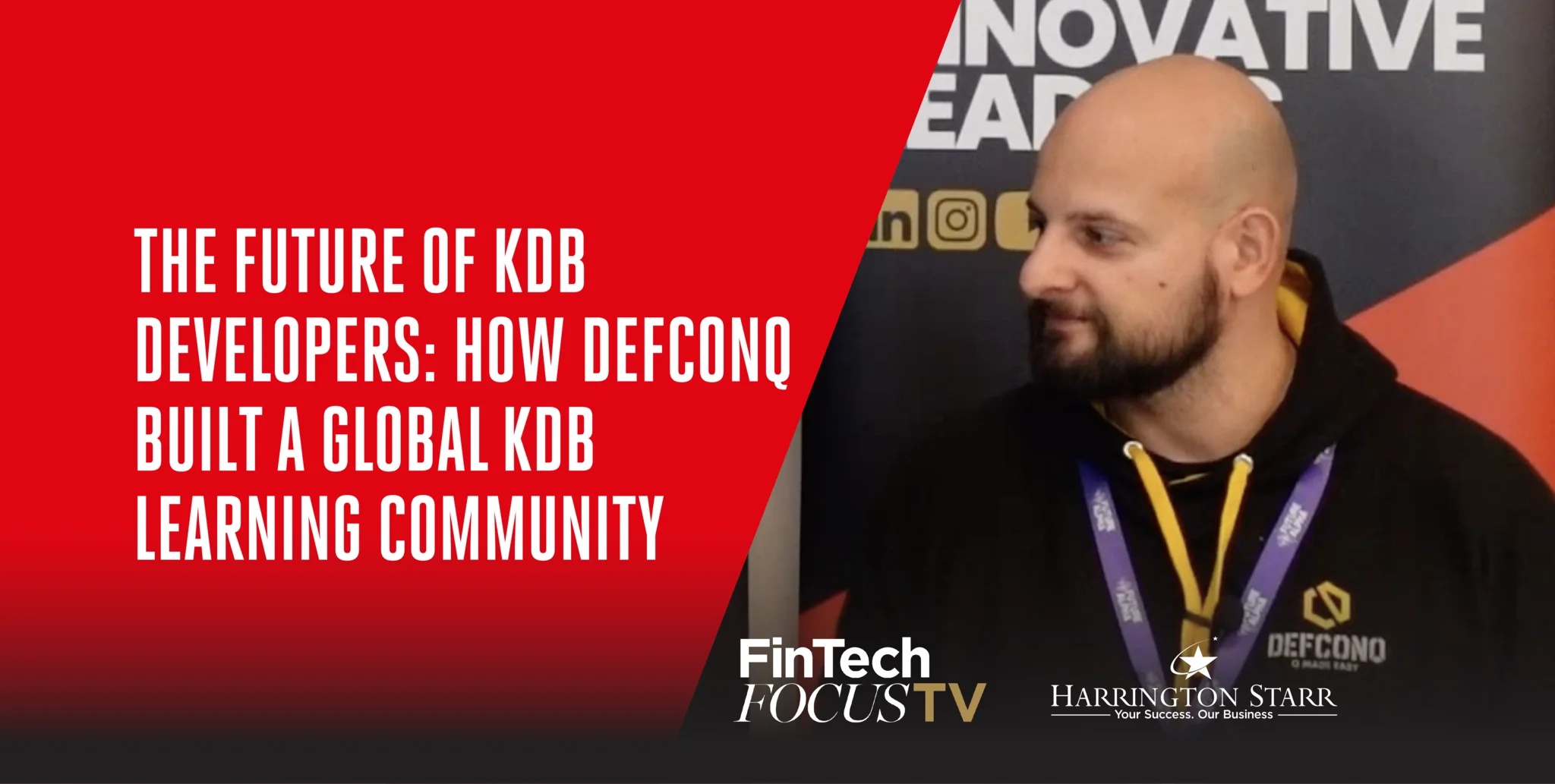The top 1% of workplaces don’t achieve that status by accident. They find a way to attract the best talent, provide the best tools, and balance work-life expectations that make sense for both parties. They hold each other accountable, support one another, find solutions together, exceed expectations, and always deliver on outcomes. They ruthlessly prioritise efficiency, execution, creative thinking, and healthy debate. It’s hard work, but it’s always worthwhile, and everyone feels it when they’re part of such a team—there’s a deep sense of excitement and purpose in the air.
1. Innovation
- Innovation is the process of taking ideas from inception to impact, and it starts with a clear problem statement and a proposed solution.
- However, figuring out the ‘how’ alone is not a wise strategy. Leveraging available talent and finding like-minded people who are passionate and willing to go on this journey is key.
- Embracing emerging technologies like AI, machine learning, and data analytics helps drive decision-making and operational efficiency.
- Enabling platforms and processes for employees to share innovative solutions and recognise contributions further nurtures an innovative environment.
2. Creativity
- Encouraging creative thinking through flexible work environments requires diverse teams that offer varied cognitive biases.
- Hire smart people not to dictate the ‘how’ but to align them with a shared vision, giving them the tools and inspired freedom to solve problems collectively.
- Support trial and error through emotional backing and protection, and provide time and resources for employees to explore new ideas.
- An immediate feedback culture that values different perspectives and unconventional solutions creates a no-blame environment where experimentation thrives.
- The ideal team size is 5-8 people, with each taking on similar volumes of impactful work, team members need to understand and agree how they add value in the team.
3. Employee Development
- Learning happens when employees step into roles they haven’t tackled before. While hiring from past experience is important, it’s their potential for future growth that truly adds value.
- Personalised development should allow employees the freedom to grow into roles, which is why pairing experienced colleagues with junior peers works well.
- Employee development isn’t solely the company’s responsibility, individuals need to own and steer their career paths by aligning personal goals with organisational needs.
- Investing in mentorship programs, leadership training, and upskilling initiatives creates a strong foundation.
- Cross-departmental collaboration and promoting career mobility help foster a culture where employees are encouraged to develop and share ideas.
4. Change Talent
- In nearly two decades of banking, the only constant is change, nothing stands still. In fact, if companies/people don’t change, evolve or develop over time, they get left behind.
- Change shouldn’t be limited to one team or department; it must align with a clear mission and vision, understood by all who drive it and are impacted by it.
- Identifying and nurturing change agents who can lead transformation initiatives is vital. Teams must thrive in ambiguity and quickly adapt to market shifts.
- Giving people the best tools to get the job done is essential, or else you risk misalignment, wasted activity and subpar outcomes.
- Project management should support delivery, and not become administrative obstacles. The focus should be on execution, risk management, and maintaining alignment across teams.
- Change brings struggle with it, especially when it’s new, but accepting this as part of the process and supporting the team’s efforts is crucial. Emotional safety is paramount.
- Daily check-ins help ensure progress stays on track and assist in navigating competing priorities. It’s important to accept that ‘how’ you deliver matters as much as ‘what’ you deliver, people always remember how they were treated during tough times.
5. Culture Development
- There’s been much talk about “founder mode” and extreme working hours recently, but long-term success isn’t built on burnout. Unrealistic expectations can damage team cohesion and morale. It’s not the time you allocate, it’s what you do that matters.
- Developing the right culture means honesty, aiming for excellence and being understanding. Focus on your team’s collective best effort, and good things will happen.
- Holding yourself and others accountable to maintain high standards is key, as is welcoming new hires who contribute to the culture rather than merely fitting in.
- Cultivating a strong sense of purpose and shared values, promoting diversity, equity, and inclusion, and celebrating achievements are the building blocks of a thriving culture.
- People don’t leave companies, they leave bad managers or toxic cultures. Addressing bad behaviour directly, whether in an open or private forum, fosters healthy debate and drives positive change.
Real-Life Lessons: A Tale of Two Teams
In my career, I’ve worked with many teams, but two in particular stand out as prime examples of how the same challenge can lead to very different outcomes depending on culture and approach. Let’s call them Team A and Team B in this article!
Team A: Innovation Through Collaboration
Team A was tasked with implementing a complex banking entity separation. From the very beginning, the team embraced a culture of collaboration and transparency. Each member, from the project lead to the most junior analyst, was encouraged to voice their opinions and concerns.
During a crucial meeting early in the project, a junior analyst hesitantly raised a potential issue with the implementation plan. In many teams, this might have been dismissed as an inexperienced opinion. But in Team A, this concern sparked an in-depth discussion that led to a realisation: the initial plan had overlooked a significant technical limitation on sort-code migrations. Instead of scrambling to patch the issue, the team proactively adapted their strategy.
By Wasim Mushtaq, Managing Director of 1CG
Download your free copy of the latest Financial Technologist magazine here.







